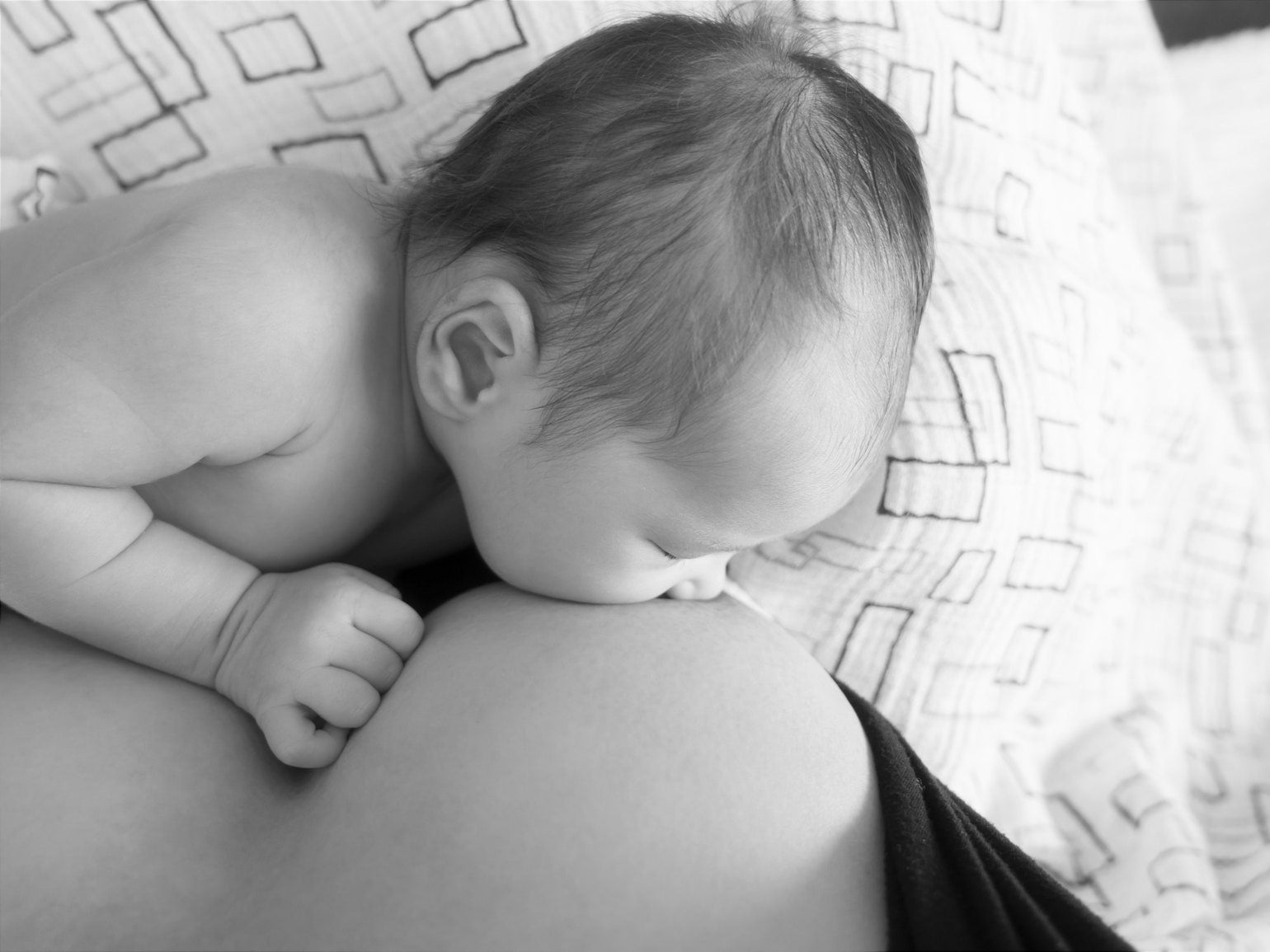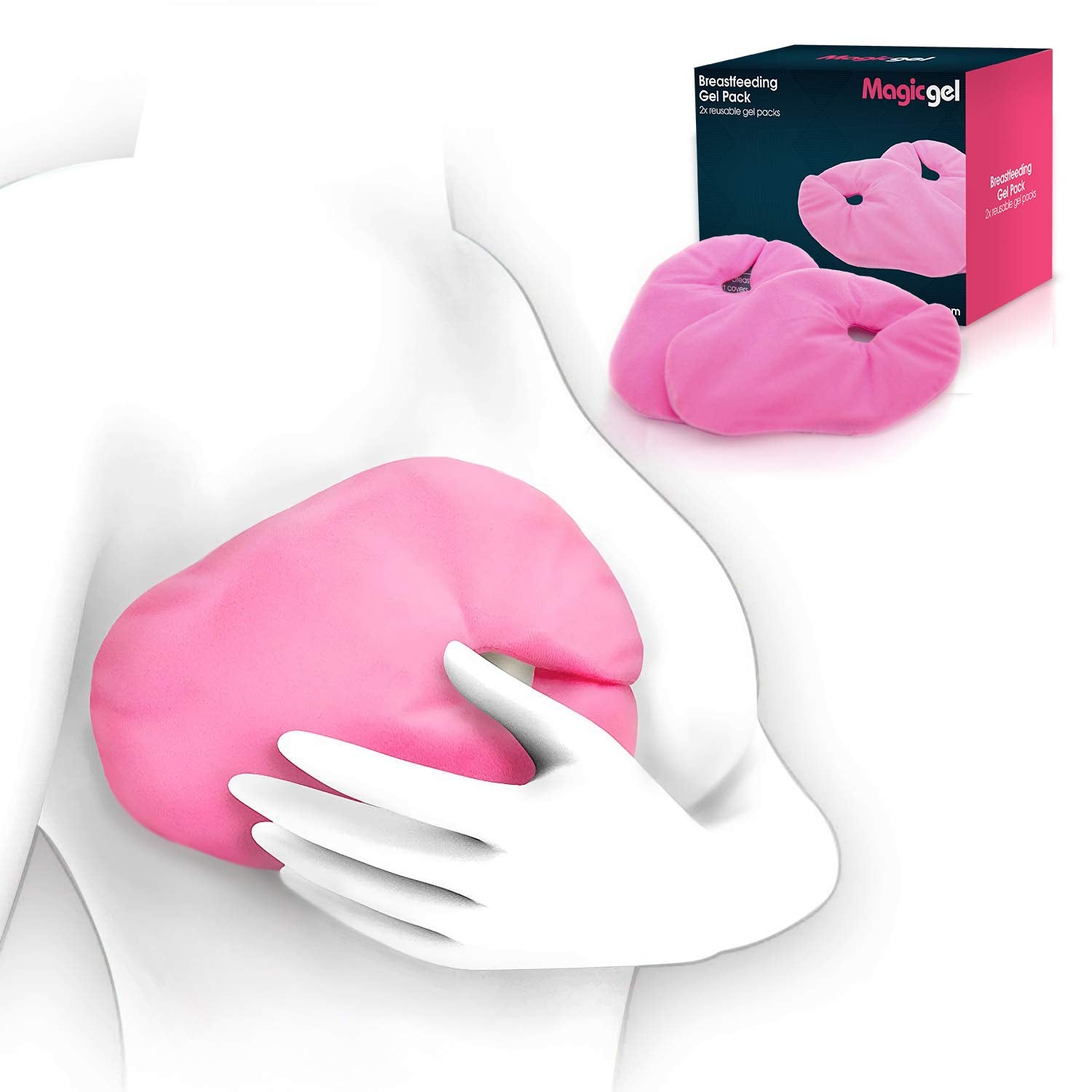We know that raising children is a thrilling, rewarding experience, even if it’s quite exhausting at times. Mending the bumps and bruises that children accrue over the years can be a full-time job, and so it’s no surprise to you that you have an ice pack or heat pack or two always on hand, ready to administer soothing therapy to fresh bruises or twisted ankles.
However, before our children are able to walk or run, mothers also need the benefits of heat and ice therapies during the nursing stages of raising children. Mothers, this article is for you!
In this article, we will show you how our multi-purpose gel packs can be used to both soothe the discomforts that come with breastfeeding as well as stimulate milk flow. Additionally, we will offer some health tips that can help further stimulate milk production for your child.
How does a multi-purpose gel pack help with breastfeeding?
A multi-purpose gel pack is great to have available when breastfeeding. For example, Magic Gel’s Luxury Gel pack can be used both as a heating pack and as an ice pack, providing you the benefits of both treatments for before and after breastfeeding.
Before breastfeeding, placing a heating pack over your breasts helps them “let-down”, or increase the flow of milk. Heat therapy can also help relieve plugged ducts and mastitis while encouraging let-down. Additionally, applying a heat pack to your breasts prior to breastfeeding may prevent engorgement that occurs prior to feeding.
You can heat up the Magic Gel pack either in the microwave or in simmering water. Let the pack stand for a few minutes for it to cool off enough before placing it on your body. Use a towel between your skin and the heated pack to avoid any burns or irritation.
When breast engorgement does happen, there is a solution for it. Cold compress techniques are especially used when a mother experiences breast engorgement, or when a mother’s breasts are painfully overfilled of milk. This usually occurs when a mother makes more milk than her baby uses. Excess swelling can cause pain or pressure and may appear to reduce milk flow and supply. Cold temperature reduces swelling and fullness by decreasing fluid in the tissue around the alveoli (milk-making glands).
Applying cold compresses for five, 10 or 15 minutes at most every hour between feedings relieves pain and reduces swelling. When your breasts hurt and you need to ease the pain, an ice pack is a safe option. Be sure to place a towel between your skin and the ice pack to avoid cold burns or nerve damage from the cold temperatures.
Six ways to stimulate milk production
Icing and heating treatments, although soothing and fruitful for our bodies, are not enough if we want to have the maximum physical output in sports, exercise or even breastfeeding. A healthy diet and care for our bodies are crucial for our overall health. The same applies for nursing mothers.
If you have trouble producing milk, there are some healthy practices to take on to help you out. Here are six ways to naturally boost your milk supply:
Stay hydrated
While the exact volume of fluid intake may vary per individual, the recommended amount to drink is at least 64 ounces of water per day, about eight eight-ounce glasses.
Eat a well-balanced diet
Breastfeeding moms need an extra 500 calories per day. Eat protein-rich foods like oatmeal, eggs, and vegetables like spinach and brussel sprouts. You can also add flaxseed or brewer’s yeast to smoothies or yogurt. According to the American Academy of Pediatrics, calcium, vitamin D, iron and folic acid are the recommended vitamins and minerals for breastfeeding moms. The content of breastmilk also changes based on diet.

Rest as much as possible
It may be easier said than done, but it is important to get as much rest as you possibly can while breastfeeding. A lack of sleep can negatively affect milk production.
Take a break from other commitments and maximise relaxation time with your baby. The time spent focusing on rest will really help with nursing.
Nurse regularly
Lactation consultants often recommend feeding on demand. This means nursing the baby every time they’re hungry. Milk production is a demand-supply system, so the more often baby feeds, the more milk production occurs. Once a breast is fully empty, your brain will immediately respond and send a message to your mammary glands to produce more milk. Another great thing about having the breast emptied of all milk is that you can be sure that the baby has consumed all the foremilk and fatty hindmilk, which are great for their development.
Eat lactation cookies and drink lactation teas
Afternoon tea and cookies has a whole new meaning when you’re breastfeeding. Lactation cookies and teas are made with galactagogues, substances that promote lactation in humans and other animals. Galactagogues may be considered when non-pharmacologic interventions are found to be insufficient.
Alternatives to lactation cookies or tea (but, who wants to not eat cookies?) is to take herbal supplements made with galactogogues like fenugreek, blessed thistle, goat’s rue and brewer’s yeast. These herbs can be taken separately or in a combo formulation.
Use a breast pump
Breast pumps are very useful for empty breasts or if the baby is only feeding one side. It is also used if you want to store extra milk or to maintain milk supply for home or work.
Breast pumps also save women who have difficulty in breastfeeding, whether because of schedules or unbalanced cycles of milk production. Some women have insufficient glandular tissue, chronic issues like PCOS, milk production issues or other factors that make breastfeeding very difficult or not possible.
Got a question or anything I can help with? My name is Steve Stretton, I’m the owner and manager at Gelpacks.com and you can drop me a line here. Good luck!


